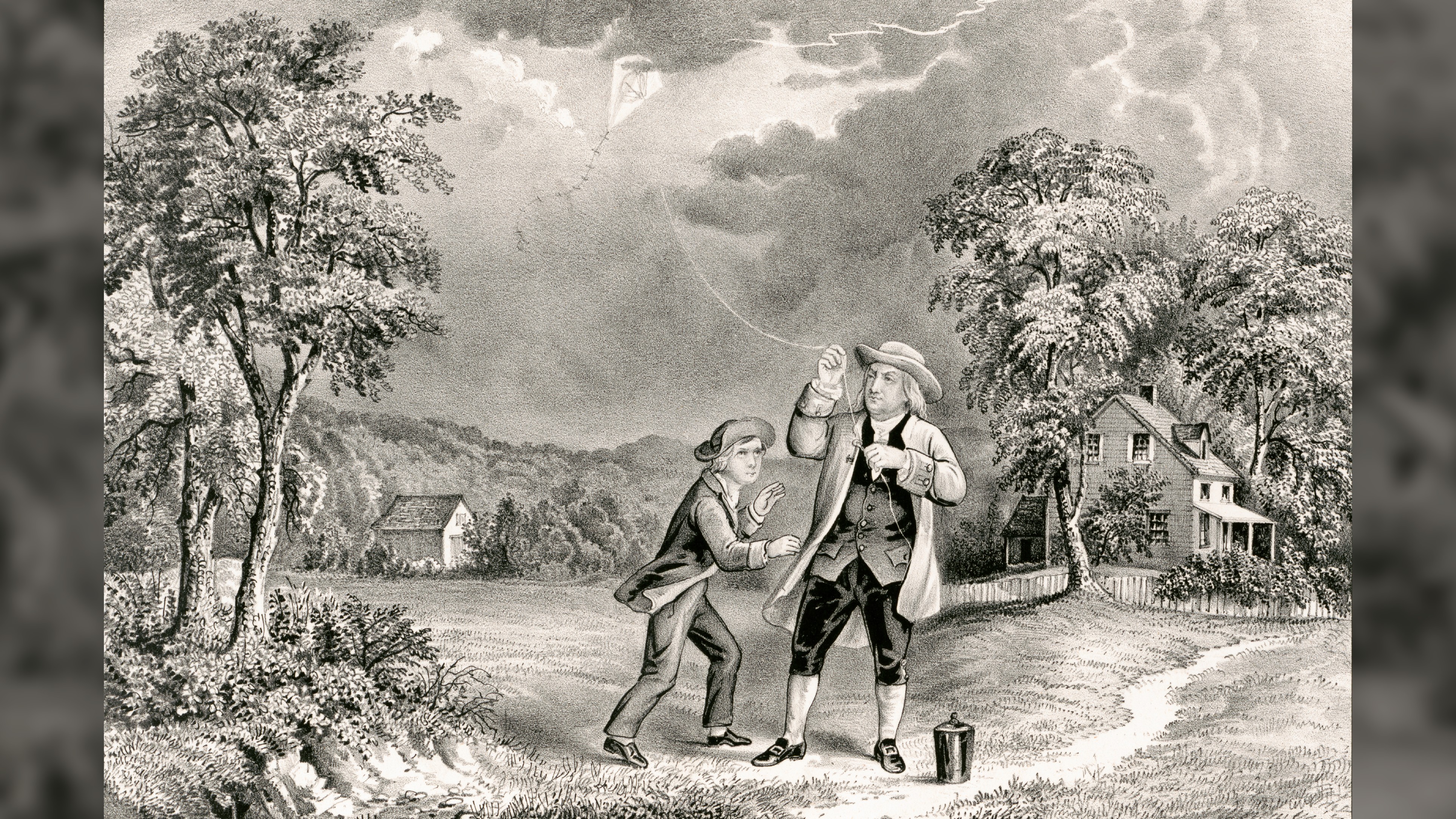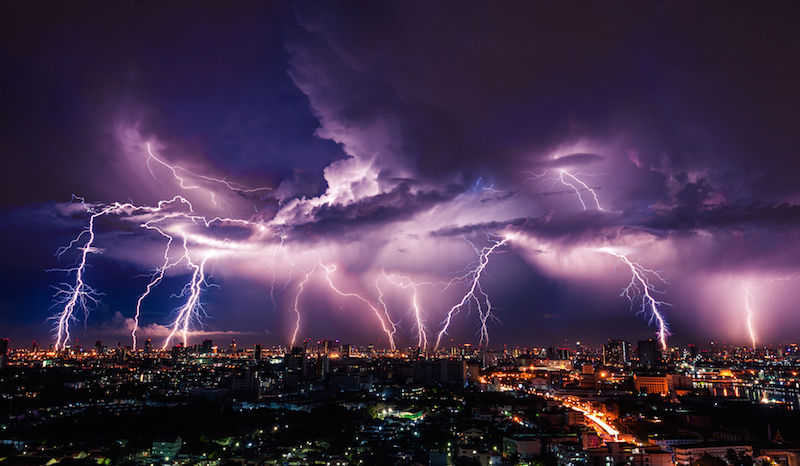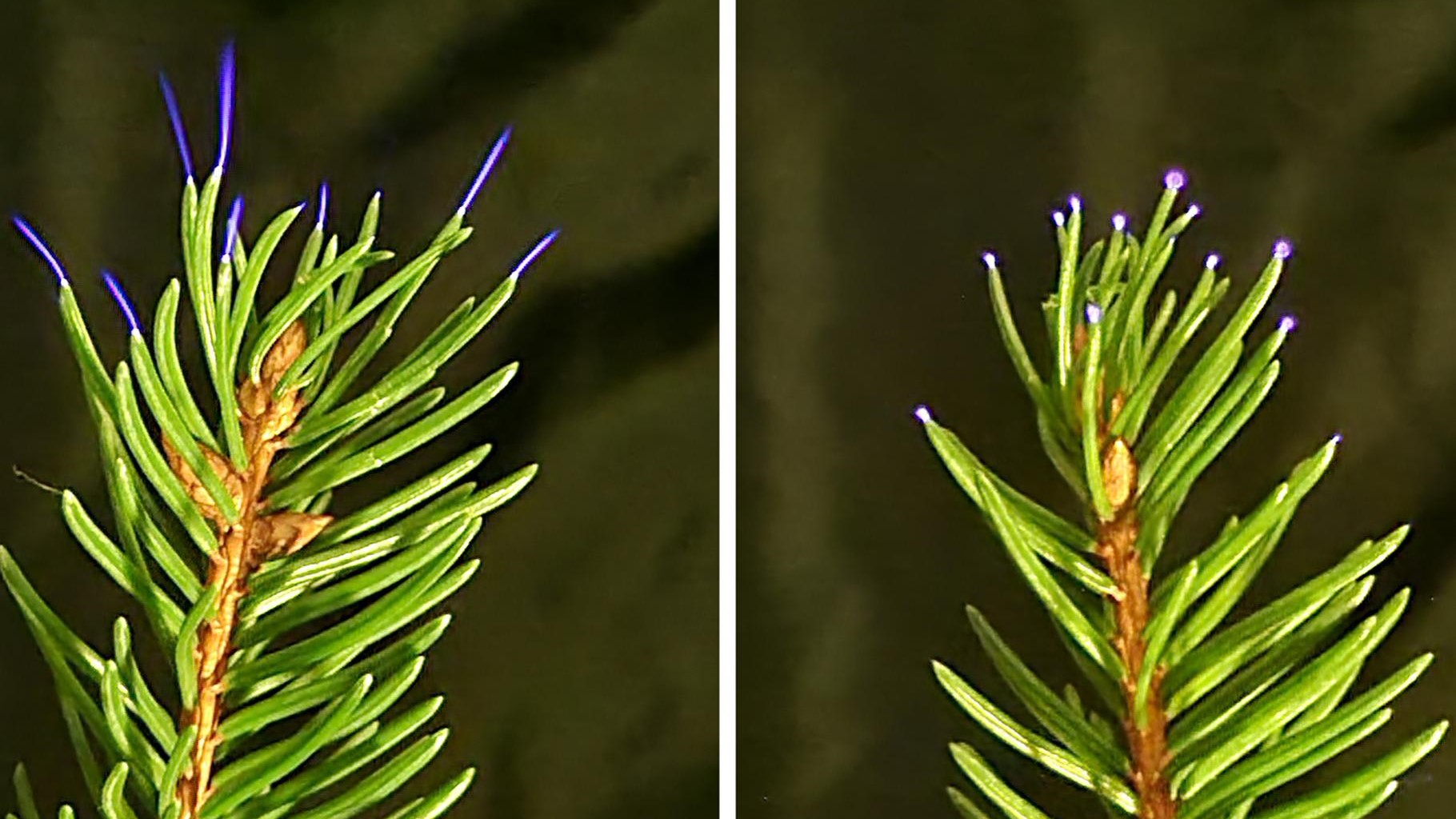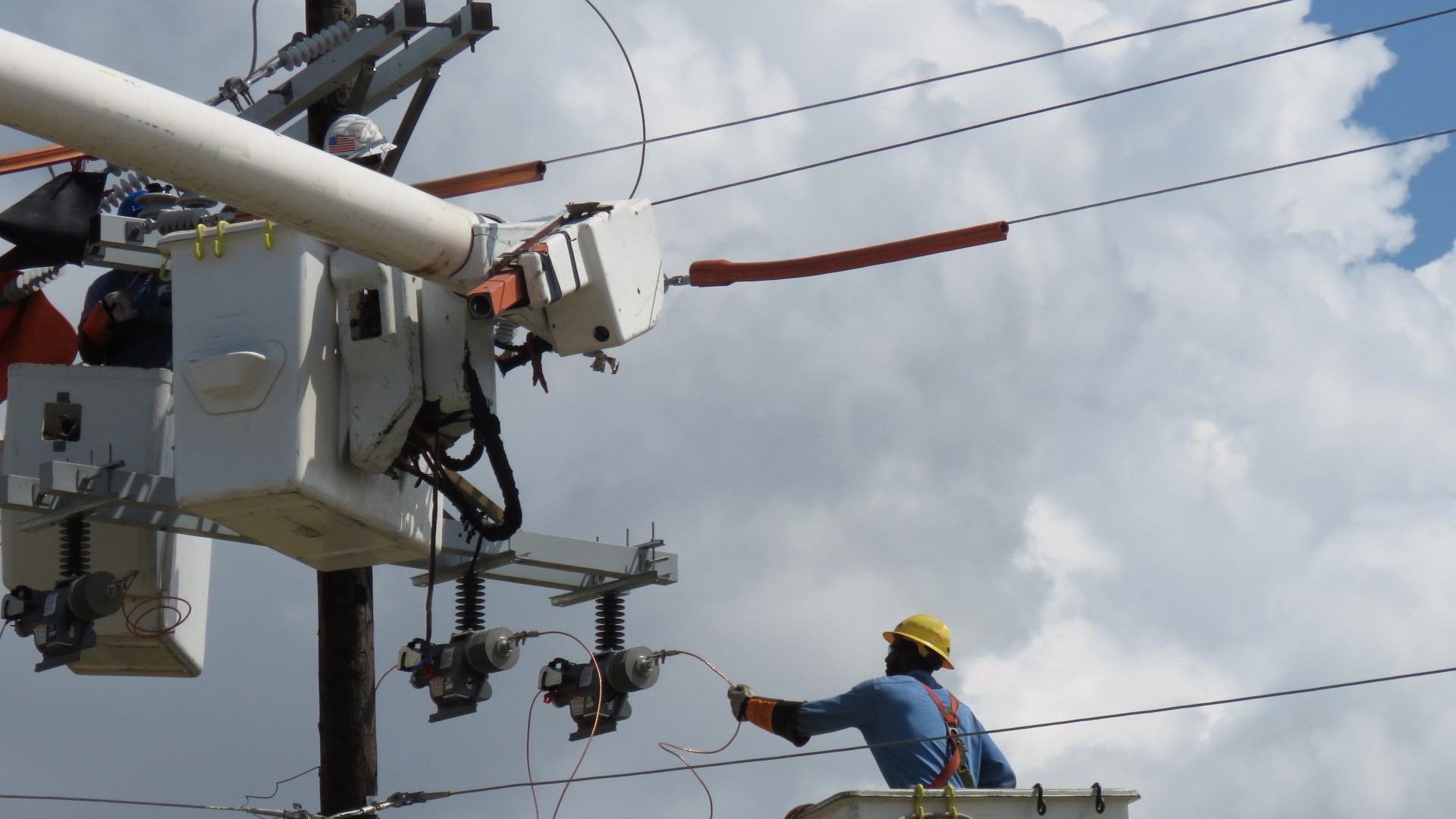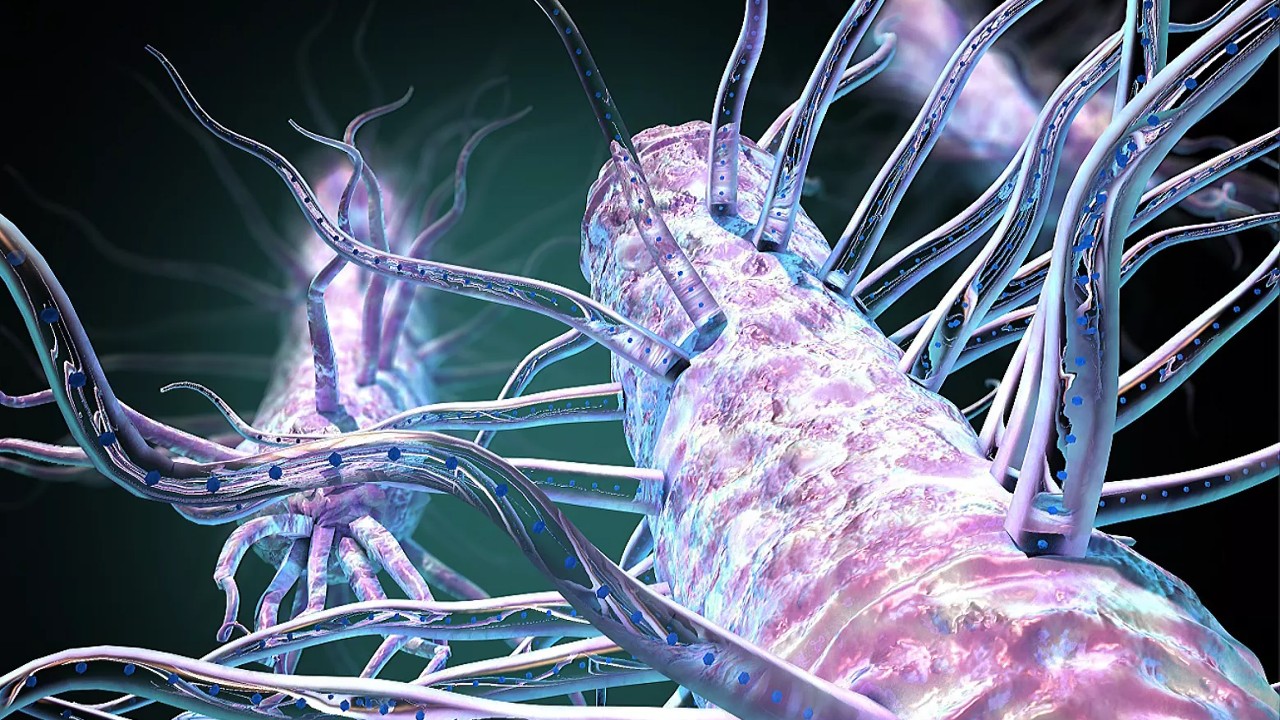10 shocking facts about electricity
Many myths and misconceptions exist about electricity. Here, we clear them up.

Electricity keeps the lights on, powers electric vehicles, and even infuses our language — after all, attraction is often described as "feeling a spark." But how much do you know about what drives this physical phenomenon?
We're cutting through the myths and misconceptions around electricity with these 10 shocking facts.
1. Reports about the discovery of electricity have been greatly exaggerated
Delve into the history of electricity and you'll find conflicting reports about its discovery. Was the original pioneer of electricity Benjamin Franklin, flying a key attached to a kite in a thunderstorm in the 1750s? Or was it Thales of Miletus, a Greek philosopher who supposedly experimented with amber and feathers in 600 B.C. to discover static electricity for the first time?
Related: Who invented the lightbulb?
It was neither, really. Many uncited sources credit Thales of Miletus with discovering static, but a 2012 investigation published in the Journal of Electrostatics found that he never actually claimed to have discovered that amber, when rubbed, would attract light objects like feathers; rather, he mentioned static to bolster his argument that even inanimate objects might have a soul. And Ben Franklin's alleged kite experiment occurred well after scientists had already figured out that electricity existed. Franklin did propose the kite experiment as a way to discover if lightning was actually electrical discharge, but historians aren't certain whether he ever conducted the experiment himself, as there are only two sources that mention the experiment, and one was written some 15 years after the fact, according to the U.S. National Archives and Records Administration.
In reality, a lot of different people figured out electricity over centuries, in a lot of different ways. English physician William Gilbert experimented with magnets and electricity in the late 1500s and early 1600s, according to the BBC, and he coined the term "electricus" in 1600 to describe electric charges. The 17th-century English scientist and mythbuster Thomas Browne, who put a number of urban myths to the test in his book "Vulgar Errors," coined the term "electricity" before his death in 1682. Ben Franklin and his contemporaries were on the case in the 1700s, and by 1800, Italian inventor Alessandro Volta had figured out how to actually generate electricity by making primitive batteries out of zinc, copper, and saltwater-soaked cardboard. In 1831, English scientist Michael Faraday discovered a way to generate an electrical current by turning a magnet within a coil of wire. In other words, it was a group effort.
Related: What is Faraday’s law of induction?
Get the world’s most fascinating discoveries delivered straight to your inbox.
2. Electricity is just moving electrons
Electricity is now so ubiquitous that it can be easy to forget the forces that make it possible. So why does electricity exist? The answer has to do with subatomic particles.
The atoms that make up the matter in the universe each consist of a nucleus orbited by a cloud of negatively charged electrons. Some of these electrons are bound very tightly to their atom's nucleus, while others are more like free agents. When a force is applied, these electrons can move, according to the U.S. Energy Information Administration. Those moving electrons are electricity.
3. Lightning is electricity at the extremes
Lightning, driven by static charges generated by storm clouds, is one of the best demonstrations of the power of electricity. According to the United Kingdom's Met Office, the average lightning bolt is the width of a thumb and 2 to 3 miles long (3.2 to 4.8 kilometers). The energy channeled into a lightning bolt heats the air to an unimaginable 54,000 degrees Fahrenheit (30,000 degrees Celsius), which is five times hotter than the surface of the sun.
This happens somewhere on Earth about 44 times a second, according to the Met. Yikes.
4. When thunder roars, plants spark
During electrical storms, plants sometimes react to the electrical fields caused by the storms by discharging tiny sparks of electricity. These sparks can create a faint blue haze known as a corona.
Weirdly, these discharges may affect air quality. In a 2022 study published in the Journal of Geophysical Research: Atmospheres, researchers found that coronas produced high levels of highly reactive chemicals called radicals. Radicals lack electrons and can steal them from nearby atoms, thus altering the chemical compounds around them. This may remove some harmful compounds from the air, but may also create new air pollutants as well, the researchers reported.
5. The brain can power a light bulb
Nerve cells communicate by tiny pulses of electricity, which are triggered by changes in the membranes of nerve cells that allow charged molecules to flow in and out of the cell in response to chemical signals. In other words, the brain generates its own electricity. (This is why an electric shock feels so strange and can cause the body to jerk uncontrollably, as the outside electricity makes the nervous system's electrical machinery go haywire.)
Together, the power generated by all 86 billion neurons in the brain would be enough to power a low-wattage light bulb.
6. The 'hum' of electricity is different around the world
Electricity hums because the current headed to our houses and workplaces is alternating current: The current changes direction multiple times per second. By comparison, direct current, often used for recharging batteries, flows in only one direction. The "mains hum" you hear when near an electrical device is actually a side effect of the vibration of the electromagnet inside the device.
The hum of alternating current varies depending on how quickly the current flip-flops. In the U.S., Canada, and some South American countries, current alternates 60 times per second, while in most of the rest of the world it alternates 50 times per second. The hum is about twice the frequency of the current alternation, Gary Woods, a professor in the practice in the electrical and computer and engineering department at Rice University in Texas, told Live Science. So in the U.S., electricity hums at 120 hertz, or between a B and B-flat two octaves below middle C. In Europe, it hums at 100 hertz, or between an A-flat and G two octaves below middle C.
7. Electricity consumption keeps growing
The world uses a lot of electricity. As of 2019, global electricity consumption reached 22,848 terawatt-hours. To put that into perspective, a terawatt is one trillion watts — that's a whole lot of light bulbs.
Industry consumed about 41% of that total, according to the International Energy Agency (IEA), followed by residential use at around 27% and commercial and public service use at around 21%. The rest went to transportation, including electric vehicles, and other uses. Electricity consumption has been growing steadily since at least the 1970s; 2019's usage was 1.8% greater than 2018's. China is the largest consumer of electricity worldwide, followed by the U.S. and then India.
8. Bees are electric
A swarm of bees may have a shocking effect, and not just because of their stingers. According to research published in the journal iScience in October 2022, bee swarms may generate electrical fields that resemble those produced by a thunderstorm.
Bees are constantly rubbing against plant surfaces and the air, their tiny wings beating hundreds of times per second. As a result, they can easily generate static electricity. Scientists thought that this static was small-scale, until they measured the electrical charge near bee hives as swarms took off. They found that the bees could create an electrical potential gradient of 100 volts per meter, and sometimes up to 1,000 volts per meter — eight times greater than the kind of gradient found in a typical stormcloud. These biologically-created gradients might affect the movements of atmospheric dust and other fine pollutants, the researchers reported.
9. Some bacteria exhale electricity
Deep beneath the ocean floor and far underground on land, bacteria of the genus Geobacter send out tiny snorkels and exhale electricity. It's a weird trick, necessitated by the fact that these bacteria don't have any access to oxygen. Metabolic activity generates excess electrons; humans and other organisms that live an aerobic lifestyle use oxygen to bind to these extra electrons and clear them from the body. But anaerobic organisms — organisms that don't use oxygen — don't have that luxury.
So Geobacter species send out snorkels 100,000 times thinner than a human hair to push electrons out of themselves and to their surroundings, sometimes hundreds of thousands of bacterial body lengths away from the organism. In 2021, researchers found that these teensy electric wires are made of a protein called cytochrome. Colonies of Geobacter can even be used to power electrical devices, but the bacteria don't make much electricity, so the devices have to be tiny.
10. Diamonds need a little jolt to form
Diamonds may be a girl's best friend, but electricity is a diamond's best friend. Scientists reported in 2021 that diamonds, which form deep in Earth's mantle, need a little electrical help to form. It turns out that carbon doesn't turn to shiny bling without a small jolt of about 1 volt, according to the study published in the journal Science Advances.
This probably doesn't present much of a problem in the mantle, where melty rock and other fluids can conduct electrical charges. The tiny electrical field, weaker than a household battery, likely provides extra electrons to jump-start the process of crystallization that forms diamonds.

Stephanie Pappas is a contributing writer for Live Science, covering topics ranging from geoscience to archaeology to the human brain and behavior. She was previously a senior writer for Live Science but is now a freelancer based in Denver, Colorado, and regularly contributes to Scientific American and The Monitor, the monthly magazine of the American Psychological Association. Stephanie received a bachelor's degree in psychology from the University of South Carolina and a graduate certificate in science communication from the University of California, Santa Cruz.


